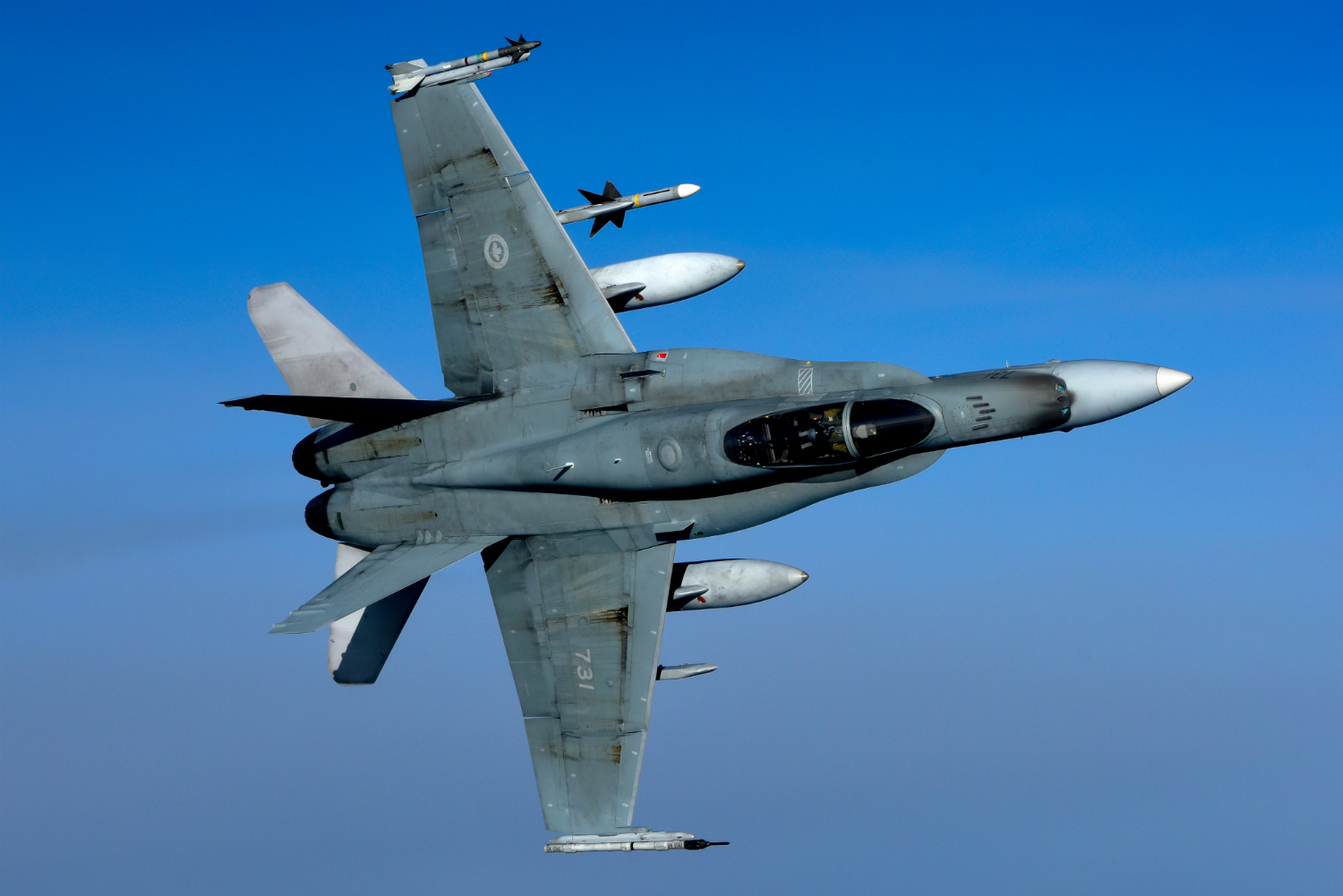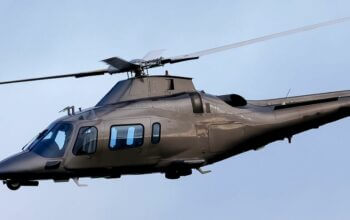Estimated reading time 1 minute, 34 seconds.
The long-overdue replacement of the Royal Canadian Air Force’s fleet of Boeing CF-188 Hornets was highlighted Dec. 13 in Prime Minister Justin Trudeau’s mandate letters to his new cabinet.

Defence Minister Harjit Sajjan, who had the fighter program in his sights throughout his first four years in the portfolio, and Public Services and Procurement Minister Anita Anand, a newcomer to Parliament, have been directed to co-operate on finally getting a contract.
There are three remaining contenders: Lockheed Martin’s F-35A Lightning II, Boeing’s F/A-18 E/F Super Hornet, and the Saab Gripen E/F.
Trudeau’s letter to Sajjan makes it clear that new fighters would be part of a renewed commitment not only to national defence, but also to the continental umbrella afforded by the North American Aerospace Defense Command (NORAD) as well as meeting international commitments through the United Nations and the North Atlantic Treaty Organization (NATO).
While cabinet veteran Navdeep Bains, minister of Innovation, Science & Industry, is not mentioned in Sajjan’s letter, he is referred to in Anand’s letter, mainly due to his ministry’s oversight of industrial spinoffs from the fighter contract.









It’s very simple. The Swedish Gripen-E is easily our best option. It has the most advanced weapons of the three with the MBDA Meteor having been developed on the Gripen. The IRIS-T can be used as a missile shield. The Gripen-E can supercruise, has a top speed of Mach 2 and a ferry range of 4,000km. The fact that it would cost only US$5,000 or less per hour to fly makes it a slam dunk. No Gripen has ever suffered an engine failure in almost 25 years of service so the layman’s “need” for two engines is moot with this aircraft. Only one pilot has ever died flying a Gripen (and it wasn’t the plane’s fault).
There is no fighter in the competition, and likely not even in existence, that is more naturally suited to service in Canada than the Gripen. Nothing that Canada can buy comes even close to its track record for number of hours flown in arctic or subarctic conditions, it has a flight range that schools the others in the competition, and is able to land on and take off from a few hundred metres of highway. That’s not even getting into the far lower unit cost, or the fact that Saab has literally said they will send personnel over to enable Canada to produce them domestically.